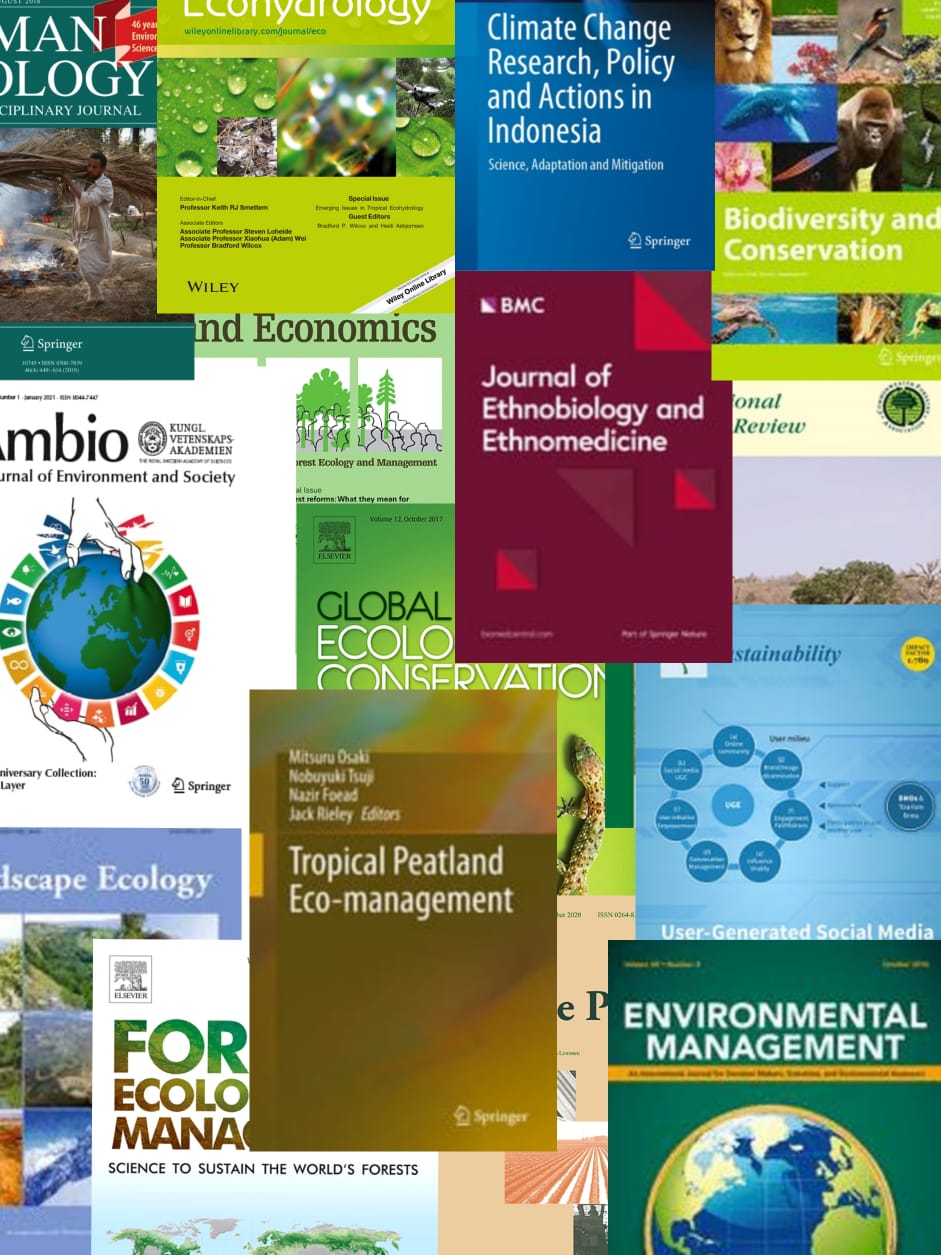Forest fire threatens the wealth and biodiversity of the forest. Studies suggest that 90% of vegetation fires in India may be man-made and, annually, about 3.73 mil ha of forest area are affected, leading to a loss of USD104 million. The present study, using MODIS (Moderate Resolution Imaging Spectroradiometer) data from Web Fire Mapper on active fire location for 2001-2011, tried to relate vegetation fire incidences with causal factors and vulnerability of the forest types in India. There were four regional cluster variation based on types. Tropical dry deciduous forest contributed the highest number of fires with maximum numbers in 2004, 2009 and 2010. The main factor affecting the spread of forest fire was inflammable material, i.e. type and characteristics of vegetation. The study also analysed the vegetation component using landuse/land cover maps derived from satellite data and also anthropogenic factors such as livelihoods coupled with fire-favourable weather. The study highlighted the need for an integrated approach to forest fire management. © Forest Research Institute Malaysia.

